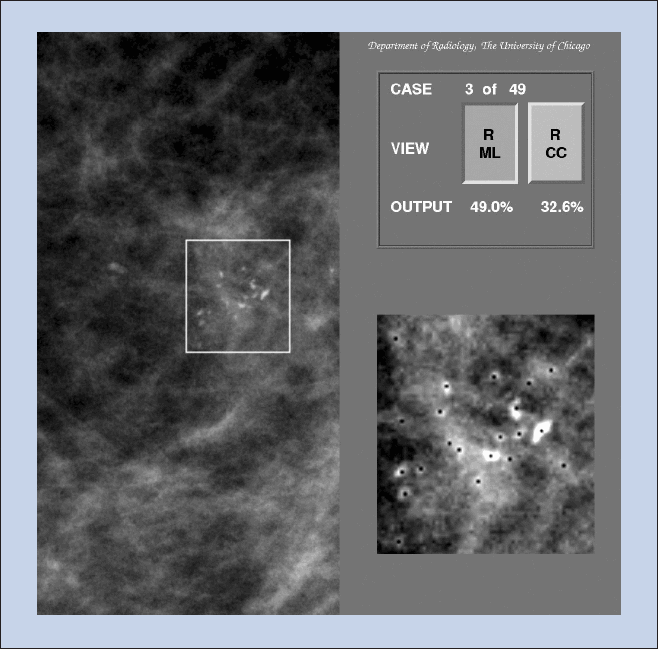
Purpose-Driven AI, as in the sense of the term, serves a purpose. It is Artificial Intelligence that is specifically designed and created to solve a task or fulfill a need. This approach ensures that the technology can showcase a remarkable level of knowledge and innovation, but also have a practical application, in being used for human needs and societal objectives. This is rather different to generalized Artificial Intelligence, this technology is not created to solve a problem or has a clear objective. This not only wastes resources, but also bypasses a critical step in the AI development process.
Technological Exploration and Innovation
When critically analysing current AI technologies like large language models (LLMs), but also creative tools like Midjourney, it becomes quite clear that while they are technologically advanced and innovative, offering exceptional variety and versatility, they often lack a specific purpose. These technologies, impressive as they are in their linguistic and creative capabilities, sometimes are more innovative rather than usable. LLMs can generate texts with ease, often indistinguishable from human-written text, and engage in extensive and high-knowledge conversations. However, this product often lacks a direct purpose or a clearly defined goal, serving more as a demonstration of the AI’s prowess in language generation and understanding rather than as a problem-solving tool.
Comparably, Midjourney or Dall-E, AI’s capable of generating highly detailed, creative visual content, showcasing an advanced state of AI in understanding creative visual art. Yet, the application of such a technology is artistic experimentation, rather than addressing a concrete need or challenge.
While this experimentation can be valuable, both for the user and for the AI, it does not necessarily translate into solutions for specific real-world problems. This is not to diminish the potential of such technologies; rather, it is to point out that their current applications often prioritise the display of technological capability over the pursuit of purpose-driven objectives.

Purpose-Driven Applications
The benefits of purpose-driven AI are most vividly illustrated in sectors where a clear goal can be defined, like healthcare, environmental conservation, and education. The innovations are more meaningful, specifically because there is a challenge to be addressed. In healthcare, AI-driven diagnostic tools have been developed to accurately detect a variety of diseases including cancer. Detecting this at an early stage could significantly improve the outcome for patients. This is done by analysing medical images and identify early signs of cancer, called malignancies which are notably difficult to spot by the human eye. Similar notable developments have been made for environmental conservation, for example when predicting climate change impacts by analysing satellite data or aiding in ecological economies by analysing data from various sources, AI algorithms can optimise heating, ventilation, and air conditioning systems to reduce energy consumption while maintaining comfort levels, optimising energy use and reducing emissions.
By focusing on purpose-driven applications, AI not only showcases its technological sophistication but, rather, its ability to contribute meaningfully to societal progress and well-being.
Ethical and Collaborative Development
There is a clear difference between purpose-driven AI and its more generalized counterpart, which is not just in its application. During the development of purpose-driven AI a high level of understanding about the problem-domain is required. This fosters collaboration between experts from various industries. This collaboration can often lead to more ethical, inclusive, and socially beneficial AI solutions. In contrast, AI developed for generic use cases often lacks this level of engagement with the problem context, which can lead to ethical oversights and a disconnect from real-world applications.
In order to reach a purpose-driven state of development in the field of AI, researchers need to adapt and evolve new principles. Experts in the field of AI have to collaborate simultaneously with government, industry, and academics from other disciplines to gain an understanding on the effect their developments will have, spread their knowledge to other disciplines, and learn where they could focus their research efforts to make a real and lasting impact. Not only will this purpose-driven approach deliver practical solutions to specific problems within our societies, it will also accelerate our knowledge on AI itself, as these practical implementations will provide many opportunities for novel and relevant research and for the development and extension of theory. Lastly, the purpose should be the core concern of any AI research, not business-models, academic interests, or political agendas. It is these three principles, interdisciplinary collaboration, development of practical implementations and theory, and purpose-centric research that can guide the broader community of artificial intelligence professionals to a purpose-driven approach.
Facing the Future
Before purpose-driven AI can become the gold standard, there are various challenges that need to be addressed. The largest hurdle is to define and agree upon objectives that are meaningful and where AI has the opportunity to provide (partial) solutions. Governments, companies, and experts need to align their values in order to decide which objectives will serve a clear purpose and require their attention. Furthermore, after agreement on the most pressing issues, another challenge will be the question of how to attract, retain, and allocate talent and other resources, such as funding and computing power, across these purposes. Deciding on how to distribute these resources will impact the effectiveness and sustainability of purpose-driven projects and will require discipline to not become a political issue.
Moreover, a more general issue is the current limits of AI with regards to transparency, fairness, and safety. This is not a sole purpose-driven problem but will significantly affect the implementation and effectiveness of AI solutions and needs to be improved upon. Navigating these challenges will require a comprehensive approach that involves aligning values and goals between stakeholders, democratic processes, and innovation in AI that involves ethical considerations.

In conclusion, the discussion surrounding purpose-driven AI highlights how crucial it is to align technological advancement with societal goals and objectives. Analyzing existing technologies such as LLMs and creative tools reveals the difference between purpose-driven AI and its more generalized counterpart. Even though these innovations are technologically sophisticated, they frequently have no clear goal in mind, highlighting the significance of goals with a purpose as opposed to just showing off one’s technological prowess. In industries like healthcare, environmental conservation, and education, where a focus on specific goals results in significant innovations, the value of purpose-driven AI is most clearly demonstrated. But to fully utilize purpose-driven AI, it will be necessary to overcome obstacles in establishing precise goals, improving safety and equity features in AI systems, and allocating resources wisely. As the field develops, scholars working together with diverse stakeholders and experts must prioritize purpose-centric research to deliver practical solutions, contribute to societal progress, and guide the broader AI community toward a purpose-driven approach that extends beyond business models and academic interests. By addressing these challenges and fostering interdisciplinary collaboration, the development of purpose-driven AI will open doors to innovations that truly help people.



